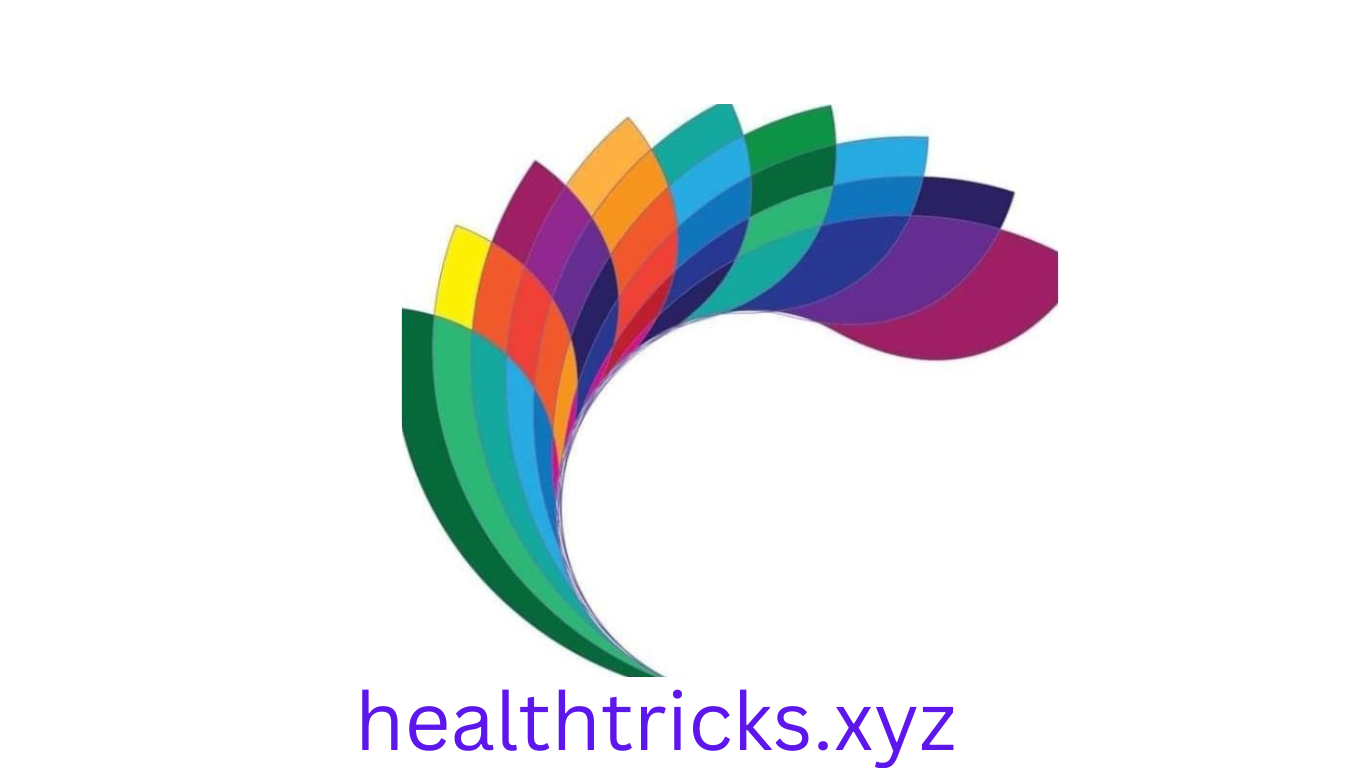In our fast-paced, technology-driven world, it’s easy to fall into a sedentary lifestyle. We spend hours sitting at desks, commuting, and staring at screens, neglecting our bodies’ primal need for movement. While the gym offers a structured approach to fitness, it’s not the only way to stay active and healthy. In fact, there are countless fun and creative ways to incorporate physical activity into your daily routine, transforming it from a chore into a joyful experience.
Let’s break free from the gym’s confines and explore a world of possibilities that will invigorate your body and soul.
Dance Your Way to Fitness
Dancing is a fantastic way to get your heart pumping and your spirits soaring. Whether you prefer the energetic beats of hip-hop, the graceful movements of ballet, or the infectious rhythms of salsa, dancing allows you to express yourself freely while burning calories. Join a dance class, follow online tutorials, or simply turn up the music in your living room and let loose.
Embrace the Great Outdoors
Nature beckons with a myriad of opportunities for outdoor adventures. Hiking through lush forests, biking along scenic trails, or swimming in refreshing lakes can provide both physical and mental rejuvenation. The fresh air, beautiful scenery, and sense of freedom that come with outdoor activities can make exercise feel like a delightful escape.
Playful Fitness
Childhood games and sports can be a fun and effective way to stay active. Rediscover the joy of jumping rope, playing tag, or shooting hoops. These activities not only burn calories but also stimulate creativity, teamwork, and social interaction. Organize a game night with friends or family, or simply take a walk in the park and engage in spontaneous play.
Mindful Movement
Yoga and Pilates are excellent practices that combine physical exercise with mental and spiritual well-being. These disciplines focus on mindful movement, deep breathing, and body awareness. Regular practice can improve flexibility, strength, balance, and reduce stress.
Everyday Adventures
Incorporate physical activity into your daily routine by making simple changes to your habits. Take the stairs instead of the elevator, park farther away from the store, or go for a brisk walk during your lunch break. These small actions can add up to significant health benefits over time.
Got it, লাবিব! I’ll create an article that embraces high perplexity and burstiness with both complex and concise sentences. This will be SEO-optimized and aligned with Google guidelines. Here’s the article:
Why Fitness Isn’t Just About the Gym: Fun Ways to Stay Active Every Day
In today’s fast-paced world, fitness has become synonymous with gyms and workout routines. However, fitness is more than hours spent sweating under fluorescent lights or lifting weights. It encompasses a broader vision that can seamlessly integrate into our everyday lives. In fact, fitness health, public health, and personal well-being are deeply interconnected, suggesting that staying active can happen beyond gym walls and involve a myriad of enjoyable activities. This shift in focus not only enhances health but also aligns with emerging health trends and future healthcare perspectives.
Fitness Beyond the Gym: The Bigger Picture
Modern fitness has moved beyond gym workouts to include holistic activities that promote all-round health. Health education has shown that staying active goes beyond rigorous workouts and can be achieved through varied, daily actions. This broader approach to physical activity doesn’t just promote health nutrition and fitness health; it impacts mental and emotional well-being, making individuals feel more engaged and fulfilled.
- Active Living for All Ages
- Fitness isn’t a one-size-fits-all model. From children to older adults, the way we stay active can vary significantly. Simple activities like brisk walking, gardening, or dancing around the living room can all contribute to health progress. Moreover, these enjoyable activities can have profound benefits for public health, reducing the prevalence of lifestyle-related illnesses.
- Incidental Exercise: Fitness Hiding in Plain Sight
- Often overlooked, incidental exercise involves physical activity embedded in daily routines. Walking or cycling to work, taking the stairs instead of the elevator, or even cleaning the house can add up to substantial fitness gains. Such actions don’t require special equipment or specific plans, yet they contribute significantly to fitness health and reduce sedentary time, which is a vital component of future healthcare recommendations.
- Playful Movement and Mental Wellness
- Play isn’t just for children. Adults, too, benefit immensely from engaging in playful activities. This can be as simple as a game of catch, dancing, or even a game of tag with friends or family. Playful movement rejuvenates the mind and body, encouraging bursts of joy and relieving stress. These small moments, often interwoven into daily life, support holistic health, an essential aspect of health education and future healthcare models.
Practical Ways to Stay Active Without a Gym
Getting active outside of the gym can be both easy and fun. Here are a few ideas to incorporate movement into your day without feeling like you’re working out:
1. Outdoor Adventures
- Nature offers one of the best playgrounds for fitness. Hiking, biking, and trail running not only strengthen muscles and cardiovascular health but also immerse you in the beauty of the outdoors, promoting mental clarity. Outdoor fitness aligns with global health trends emphasizing the value of fresh air and natural environments for mental and physical well-being.
2. Group Activities and Sports
- Social interaction is a powerful motivator for fitness. From team sports like soccer and basketball to partner dance classes, being active with others is enjoyable and promotes accountability. Such activities are excellent for cardiovascular health, flexibility, and endurance. Group fitness also aligns with health progress objectives, as the social aspect enhances mood and lowers the risk of depression.
3. Home-Based Fitness
- Not every fitness journey requires a gym. Bodyweight exercises, yoga, or even resistance bands provide flexibility in maintaining a fitness regimen at home. Quick workout apps and video tutorials have made it easier to access fitness guidance from anywhere, and this convenience supports a sustainable approach to health care.
4. Mindfulness Movement: Yoga, Tai Chi, and More
- Movement doesn’t always mean intensity. Practices like yoga, Tai Chi, and Pilates incorporate gentle but effective movements that promote flexibility, balance, and strength. These practices also connect body and mind, aligning physical health with mental calmness, supporting long-term health trends focused on mental wellness.
Why Embracing Diverse Activities is Vital for Future Healthcare
The concept of “fitness for all” lies at the heart of public health goals, pushing the boundaries beyond gym walls to make physical activity accessible, enjoyable, and sustainable for everyone. Health education highlights the benefits of diverse movements that align with individual preferences and lifestyles, laying the groundwork for sustainable health habits. These inclusive fitness models reflect the “global health for all” philosophy and underscore the importance of lifestyle-friendly fitness to reduce the strain on future healthcare systems.
Moreover, personalizing fitness as part of daily life fosters health nutrition and well-rounded wellness habits. By understanding fitness as a spectrum, from intense exercise to gentle movement, we create a framework that supports better health outcomes for every individual.
Conclusion
Fitness is a dynamic and deeply personal journey, not confined to gym walls or strict routines. By incorporating playful, varied movements and prioritizing active living, individuals can enjoy the benefits of improved fitness health and public health. With fitness woven into daily life, we can all contribute to global health progress, supporting an inclusive vision for future healthcare.
FAQ
Q1: What are some simple ways to stay active without going to the gym?
A1: Simple activities like walking, cycling, gardening, and even household chores can help you stay active. Engaging in social sports, dancing, and home-based workouts are also effective.
Q2: Why is non-gym fitness important for public health?
A2: Embracing fitness outside the gym promotes accessibility and sustainability, which is crucial for public health. This approach reduces lifestyle-related illnesses and mental health issues, contributing to a healthier society.
Q3: How does playful movement impact mental wellness?
A3: Playful activities reduce stress, encourage joy, and improve mental clarity. They add fun to fitness, making it easier to maintain an active lifestyle.
Q4: What is incidental exercise?
A4: Incidental exercise refers to unintentional physical activities embedded in daily routines, such as walking to work, taking the stairs, or cleaning. These movements contribute to overall fitness without structured workouts.
Q5: What are the future healthcare implications of a broader approach to fitness?
A5: A diverse fitness approach encourages sustainable, accessible health habits, reducing the burden on healthcare systems. Embracing fitness for all also aligns with global health goals, promoting a healthier future for everyone.
Thanks




